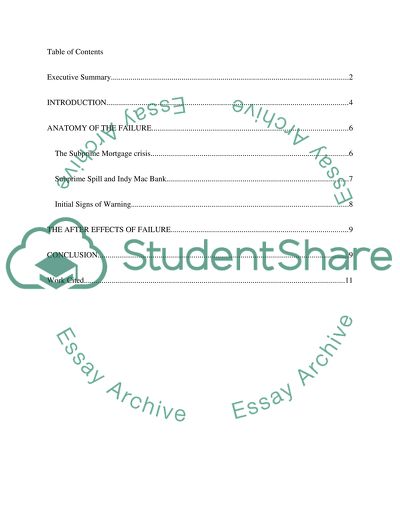Cite this document
(The Housing Bubble and Indy Mac Bank Case Study, n.d.)
The Housing Bubble and Indy Mac Bank Case Study. Retrieved from https://studentshare.org/finance-accounting/1461912-the-housing-bubble-and-indy-mac-bank
The Housing Bubble and Indy Mac Bank Case Study. Retrieved from https://studentshare.org/finance-accounting/1461912-the-housing-bubble-and-indy-mac-bank
(The Housing Bubble and Indy Mac Bank Case Study)
The Housing Bubble and Indy Mac Bank Case Study. https://studentshare.org/finance-accounting/1461912-the-housing-bubble-and-indy-mac-bank.
The Housing Bubble and Indy Mac Bank Case Study. https://studentshare.org/finance-accounting/1461912-the-housing-bubble-and-indy-mac-bank.
“The Housing Bubble and Indy Mac Bank Case Study”, n.d. https://studentshare.org/finance-accounting/1461912-the-housing-bubble-and-indy-mac-bank.


